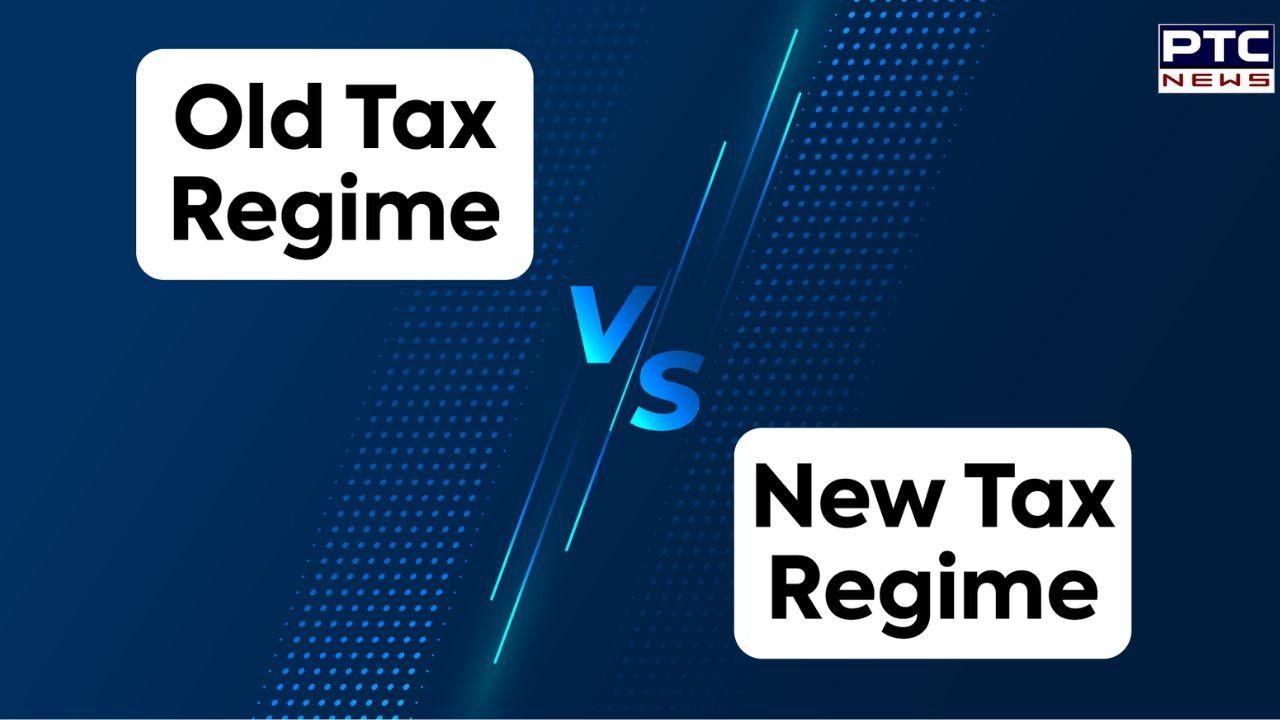- April 3, 2025
- Updated 2:22 am
Union Budget 2024: Old vs new income tax regimes and how each caters to different financial profiles | Explained
Union Budget 2024: Income tax in India is structured around tax slabs, ensuring a progressive tax system where higher incomes are taxed at higher rates. This system allows taxpayers to effectively plan their finances by understanding how their income will be taxed. India currently offers two distinct tax regimes: the old regime and the new regime. Each has its own set of slabs and tax rates.
Here’s a detailed look at these tax regimes and how they impact your taxable income.
Old Tax Regime
Up to Rs 2.5 lakh: Exempt
More than Rs 2.5 lakh up to Rs 3 lakh: 5%
More than Rs 3 lakh up to Rs 5 lakh: 5%
More than Rs 5 lakh up to Rs 6 lakh: 20%
More than Rs 6 lakh up to Rs 9 lakh: 20%
More than Rs 9 lakh up to Rs 10 lakh: 20%
More than Rs 10 lakh up to Rs 12 lakh: 30%
More than Rs 12 lakh up to Rs 15 lakh: 30%
Above Rs 15 lakh: 30%
New Tax Regime
Up to Rs 2.5 lakh: Exempt
More than Rs 2.5 lakh up to Rs 3 lakh: Exempt
More than Rs 3 lakh up to Rs 5 lakh: 5%
More than Rs 5 lakh up to Rs 6 lakh: 5%
More than Rs 6 lakh up to Rs 9 lakh: 10%
More than Rs 9 lakh up to Rs 10 lakh: 15%
More than Rs 10 lakh up to Rs 12 lakh: 15%
More than Rs 12 lakh up to Rs 15 lakh: 20%
Above Rs 15 lakh: 30%

Choosing Between the Old and New Tax Regimes
Selecting the appropriate tax regime is crucial for optimising your tax liability. This decision requires a careful comparison of the exemptions and deductions available under each regime. The old tax regime offers a variety of deductions that can significantly reduce taxable income, making it advantageous for individuals with substantial investments and savings. Key deductions include those under Section 80C (up to ?1.5 lakh for investments in PPF, EPF, LIC, etc.), Section 80D (medical insurance premiums), and Section 24 (home loan interest), among others.
In contrast, the new tax regime simplifies the tax filing process by offering lower tax rates, but without most exemptions and deductions available in the old regime. This regime is beneficial for individuals with fewer investments and who do not fully utilise the deductions and exemptions offered under the old system.
Here’s a closer look at how each regime caters to different financial profiles:
Old Tax Regime Benefits
Encourages Savings and Investments: The old regime promotes saving habits through various deductions and exemptions. For example, under Section 80C, taxpayers can reduce their taxable income by investing in instruments like PPF, NSC, and life insurance premiums.
Advantages for Senior Citizens: Section 80TTB under the old regime provides senior citizens with additional benefits by allowing higher exemptions on interest income.
Tax Planning Flexibility: Individuals can strategically invest in various instruments to maximise their tax benefits, thus reducing their overall tax liability.
New Tax Regime Benefits
Simplified Tax Filing: With fewer exemptions and deductions to claim, the new regime makes the tax filing process more straightforward and less cumbersome.
Lower Tax Rates: The new regime’s lower tax rates across income slabs can result in lower tax outflow for individuals, especially those with minimal investments and deductions.
Beneficial for Lower Income Individuals: Individuals with lower incomes and fewer investments can benefit from the reduced tax rates, making it a suitable option for those who do not want to engage in complex tax planning.
Making an Informed Decision
To choose the best tax regime, taxpayers must conduct a detailed analysis of their financial situation. Here are some key considerations:
Examine Deductions and Exemptions: Calculate the total amount of deductions and exemptions you can claim under the old regime. Compare this with the tax liability under the new regime.
Assess Your Financial Goals: Consider your savings and investment goals. The old regime is preferable if you prioritize long-term savings and investment benefits.
Evaluate Income Sources: Take into account all income sources, including salary, house property, capital gains, and business or profession. Certain losses and deductions, such as house property loss, can significantly impact your choice of regime.
Communicate with Your Employer: Inform your employer of your chosen regime to ensure correct Tax Deducted at Source (TDS) from your salary.
Recent Posts
- Crown of goddess Kali, gifted by PM Modi, stolen from temple in Bangladesh
- Hezbollah leader survives assassination attempt amid Israeli strikes that kill 22 in Beirut
- ਕ੍ਰਿਕਟ ਦੇ ਬਦਲੇ ਨਿਯਮ, ਹੁਣ ਇਸ ਕੇਸ ‘ਚ ਦੁਬਾਰਾ ਨਹੀਂ ਮਿਲੇਗੀ ਬੈਟਿੰਗ, ਮੰਨਿਆ ਜਾਵੇਗਾ
- ਸਚਿਨ ਤੇਂਦੁਲਕਰ ਦੇ ਬਰਾਬਰ ਪਹੁੰਚੇ ਜੋ ਰੂਟ, ਪਰ ਵਿਰਾਟ ਦੇ ਇਸ ਰਿਕਾਰਡ ਤੋਂ ਅਜੇ ਵੀ ਦੂਰ
- Ratan tata death: ਸਿਰਫ ਵੋਲਟਾਸ ਹੀ ਨਹੀਂ, ਸਵੇਰ ਤੋਂ ਰਾਤ ਤੱਕ ਤੁਹਾਡਾ ਕੰਮ ਟਾਟਾ ਦੇ ਬਿਨਾਂ ਨਹੀਂ ਚੱਲ ਸਕਦਾ